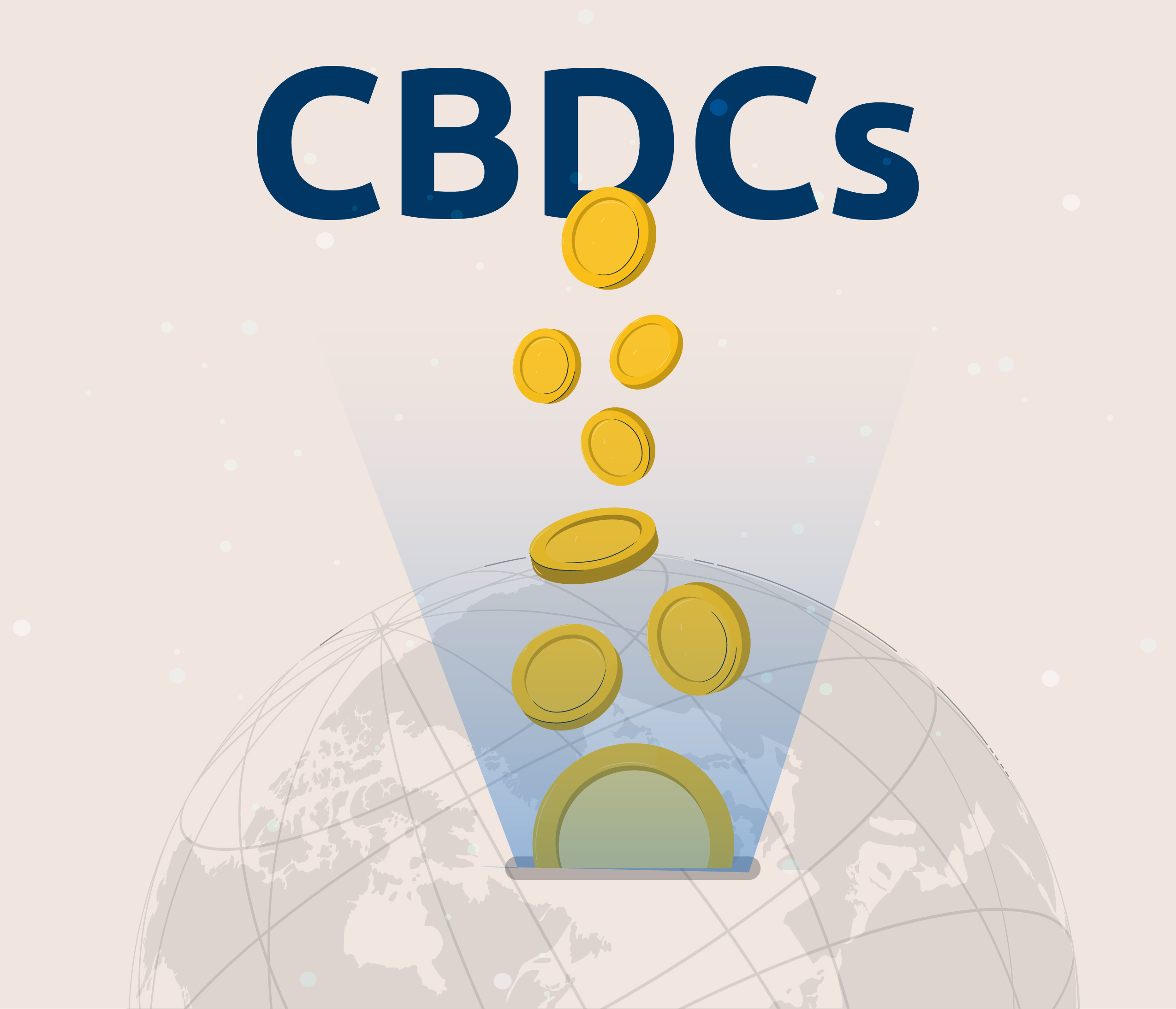Can India’s Upcoming Digital Currency be the Next Big Step towards a Cashless Society?
Since the Covid-19 pandemic came, a lot of things have gradually changed. Notably, it has accelerated the digital space’s growth, especially now that almost all activities have entirely and partly shifted online. Additionally, most economies globally experienced a cashless society whereby digital payments and online transactions proliferated significantly.
On February 1, 2022, India’s Finance Minister Nirmala Sitharaman, while presenting the Union Budget 2022-23, announced that the Reserve Bank of India (RBI) plans to introduce the digital rupee in the 2022-23 financial year. The Finance Minister further said that India’s digital currency (CBDC) would use blockchain technology but with the central bank’s regulations. So, what does this move mean for India’s cashless economy and Digital India campaign? Keep reading to explore more.
What is a Digital Rupee or CBDC?
CBDC stands for Central Bank Digital Currencies. It’s a form of an electronic record or digital token of a country’s official currency. CBDC is a hot topic among respective government entities and critical players in the private financial sector.
What exactly is the digital rupee? According to the RBI, CBDC is a legal tender issued by the central bank in digital form (an electronic form of central bank money). Therefore, the digital rupee is a digital form of the fiat currency (Indian Rupee). Additionally, citizens can use CDBCs to make digital payments and store value. CBDCs ought to be exchangeable at par with cash.
How is Digital Rupee (or CBDCs) Different from other Forms of Cryptocurrencies?
Now that the RBI plans to launch a digital rupee, will it be different from cryptocurrencies such as Bitcoin? Yes, there are notable differences between the digital rupee and cryptocurrencies such as Bitcoin, despite both being inspired by blockchain technology. The unique difference is that cryptocurrencies are decentralized while the digital rupee will be centralized, whereby the RBI will regulate it. It means that the RBI is in charge of issuance and distribution while any entity does not control cryptocurrencies.
Another difference is that CBDCs are a government-backed form of digital currency while private parties create cryptocurrencies.
Finally, another difference is based on value. CBDCs value tends to remain more stable compared to cryptocurrencies’ value, which is highly volatile.
How Will the Digital Rupee Impact India’s Cashless Economy?
In the recent past, the number of cryptocurrencies and people investing in cryptocurrencies in India has increased significantly: A report by Gemini showed that India led in the total numbers of first-time crypto investors in the first three months of 2022. Consequently, the accelerated growth of this parallel economy has forced the Indian government to make a significant move toward digitization and introduce its own digital currency.
According to Nirmala Sitharaman, while presenting the Union Budget 2022-23, “Introduction of central bank digital currency will give a big boost to the digital economy. Digital currency will also lead to a more efficient and cheaper currency management system.” It’s part of what she highlighted while giving her speech.
The world is gradually shifting to a digital landscape where paper currency is diminishing. The move by RBI to introduce a digital rupee aims to popularize a more acceptable form of digital currency and counter-economic effects likely to be caused by private virtual currencies. Since November 2016 (after the demonetization of 500 and 1,000 rupee notes in India), the Indian government has been exploring the road to a cashless economy. Now, launching the digital rupee is a stepping stone.
Introducing a digital rupee will address the need for cashless transactions in India. Consequently, it will lead to a reduction of cash-related fraud and the modernization of new payment systems. Most importantly, the digital rupee will be essential in combating malpractices such s tax money laundering, tax evasion, and terror funding.
Like most CBDCs, the digital rupee has the potential to be used to make programmable smart contracts by financial institutions to offer loans, insurance, and other financial products.
In reference to a post by the live mint blog, Archit Gupta, Founder and CEO of Clear, outlined that digital currency payment will also reduce the settlement risk in the financial system since interbank settlement won’t be required. It means digital currencies would promote real-time and cost-effective globalization of payment systems.
Notably, during a webinar meeting hosted by Tether Community, Sharat Chandra, Vice President-EarthId, suggested that introducing the digital rupee would significantly boost India’s trade being a member of the G20, especially where cross-border payments are involved due to the reduced cost and ease of currency exchange.
Other Countries Experimenting CBDCs
According to a 2021 survey by the Bank for International Settlements (BIS), 86% of central banks are actively researching the potential of CBDCs, 60% were experimenting with the technology, and 14% were already deploying pilot projects.
Countries such as China, through The People’s Bank of China (PBOC), is actively experimenting with its digital currency, Digital Yuan. Recently on April 7, 2022, Tencent announced that it would enable its users to use digital Yuan as a payment option on its payment app WeChat and social media in the digital Yuan pilot program.
Sweden is another country exploring its road to owning a CBDC (i.e., the e-krona) through the Swedish Riksbank since 2017. In April 2022, Sweden sought partnership with commercial banks and private payment service providers.
Other notable countries experimenting CBDCs include the Bahamas, the Republic of Marshall Islands, Russia, Brazil, etc. Additionally, 19 of the G20 countries are exploring CBDC, with 16 already in the development or pilot stage. On the other hand, approximately nine countries have fully launched their respective CBDCs, with eight of the nine countries being located in the Caribbean and Nigeria being the first African country on this list.
Tier 2 and 3 Cities Thriving in the Digital Economy
While most metropolitan cities seem to have reached a saturation point, Tier 2 and 3 cities in India are emerging and thriving in the digital economy despite a lack of infrastructure.
PhonePe outlines that small towns in India (tier II, III, IV, and beyond) are adopting digital payments, including financial services, way faster than metros and tier I cities. Further, a recent report by Boston Consulting Group (BCG) and PhonePe depicts a significant scope of growth in “underpenetrated” Tier 3-6 cities, and about 65% of all transactions will be digital. Paytm also acknowledge about 50% of its users are based in smaller towns.
Technological innovation, more internet facilities, and a shift in consumption patterns significantly contribute to the emergence of growth engines of the Indian economy, especially in Tier 2 and 3 cities.
India is one of the countries moving toward digital transformation rapidly, and introducing the digital rupee is a step to going cashless. However, we cannot overlook the challenges of this bold move, including security breaches (data privacy and trust) being a critical issue. A stable infrastructure cannot be ignored.
So, will the introduction of the digital rupee boost adoption of other cryptocurrencies? Will CBDCs offer the same degree of anonymity as cash does?





